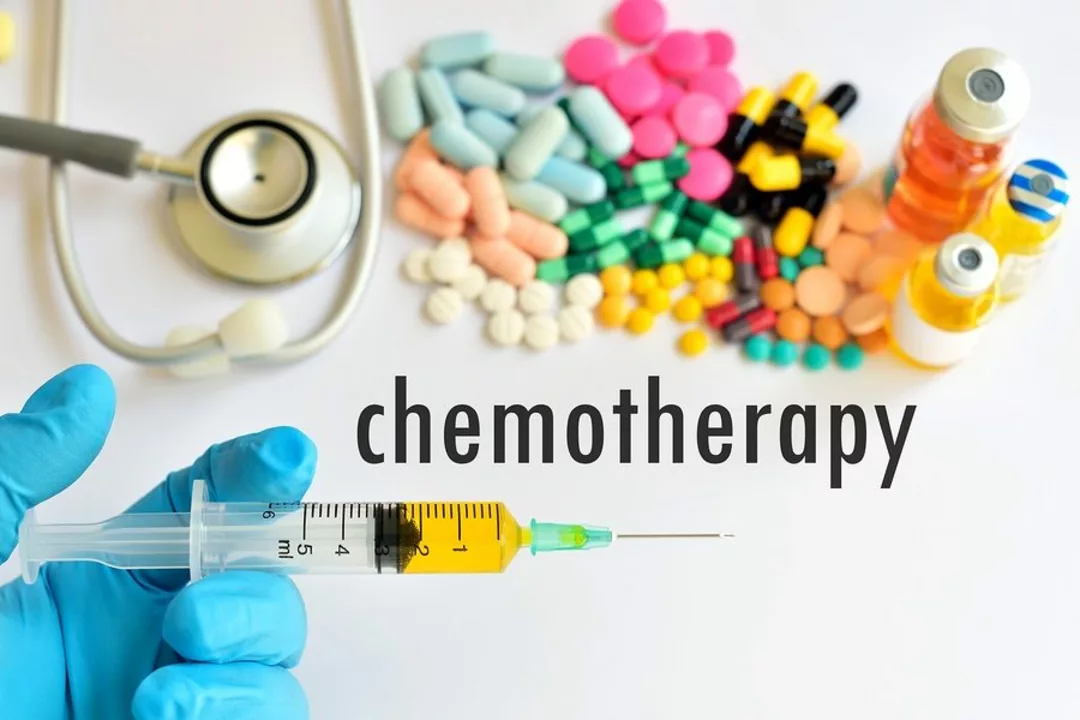Clinical Trials: A Practical Guide for Patients and Curious Readers
About 10% of drugs that enter human testing end up approved. That single fact explains why trials feel slow, strict, and sometimes confusing. This page gives clear, usable tips on how trials work, what results actually mean, and how to find or evaluate a study without getting lost in jargon.
How trials work: phases and study design
Phase I checks safety in a small group. Phase II tests dosing and early signs of benefit. Phase III compares the new treatment to standard care in larger groups. Phase IV happens after approval to watch long-term effects.
Study design matters. Randomized means people are put into groups by chance. Double-blind means neither patients nor doctors know who gets the real drug. Placebo-controlled compares the drug to an inactive pill. These designs reduce bias and make results more reliable.
Pay attention to the main outcome, or “endpoint.” Is it survival, symptom score, lab value, or something else? A trial can show a statistically significant change that’s too small to matter to your life. Look for absolute differences (how many people benefit) not just percent changes.
Practical tips: find trials, read results, protect yourself
Want to join a trial? Check ClinicalTrials.gov, local university hospitals, or ask your doctor. Read the eligibility rules closely—age, health status, and prior treatments often exclude many people. Ask how side effects are monitored and who pays for tests or care if something goes wrong.
When you read a result, ask: how many people were in the study? Was there a control group? Were results published in a peer-reviewed journal or only in a press release? Press releases can overstate benefits. Published papers let you check methods, numbers, and conflicts of interest.
Watch for red flags. Tiny sample sizes, short follow-up, or trials funded only by the drug maker can still be valid, but they need stronger scrutiny. Check whether independent researchers replicated the findings. Look for safety signals—new symptoms, lab changes, or hospitalizations—and how often they happened compared to the control group.
Informed consent is not just a form. It should explain risks, benefits, alternatives, and what happens if you leave the trial. Ask about data privacy, extra visits, travel costs, and whether you can keep your usual care while participating.
Trials move medicine forward, but they’re not magic. Use plain questions, demand clear answers, and take time to weigh risks and benefits. If you want help interpreting a specific study or finding trials that match your situation, our site can point you to reliable summaries and registration listings.

Melphalan in Combination with Other Chemotherapy Agents: A Review of Clinical Trials
May 8 2023 / OncologyI recently came across several clinical trials that explored the use of Melphalan in combination with other chemotherapy agents. From what I gathered, this combination therapy has shown promising results in the treatment of various cancers, including multiple myeloma and ovarian cancer. The trials demonstrated that combining Melphalan with other agents could potentially improve treatment efficacy and overall patient outcomes. Additionally, these studies also highlighted the need for further research and optimization of treatment protocols. Overall, these findings shed light on the potential benefits of using Melphalan in combination therapy, and I'm excited to see how this area of research continues to develop.
VIEW MORE